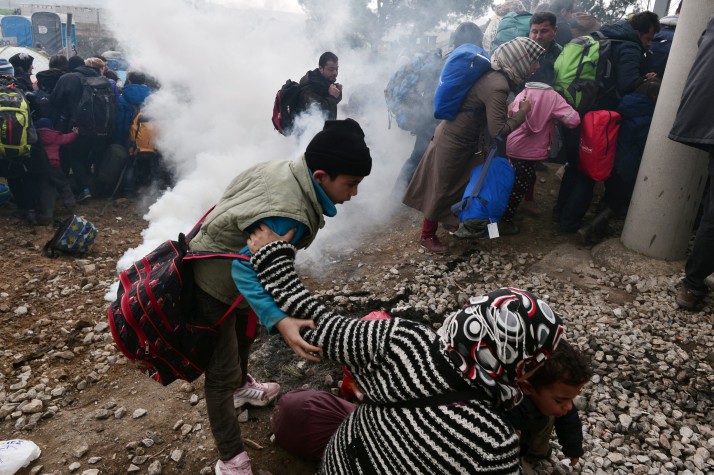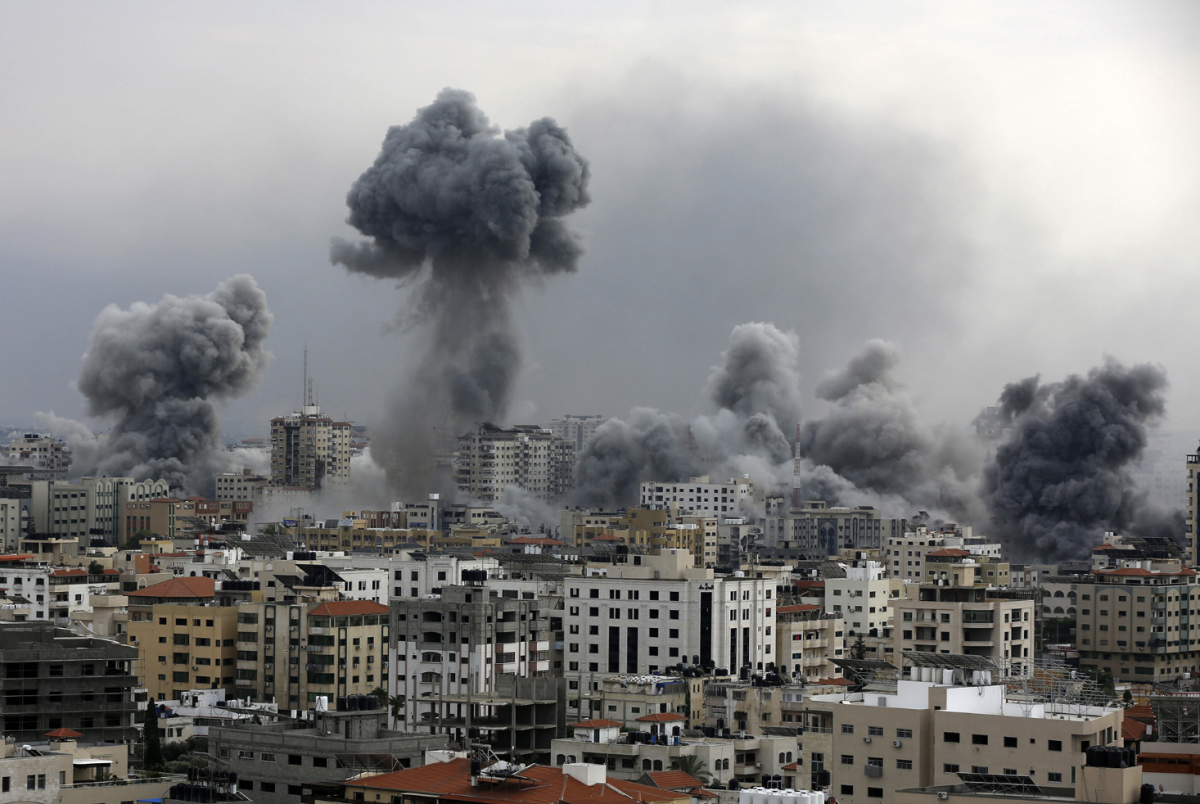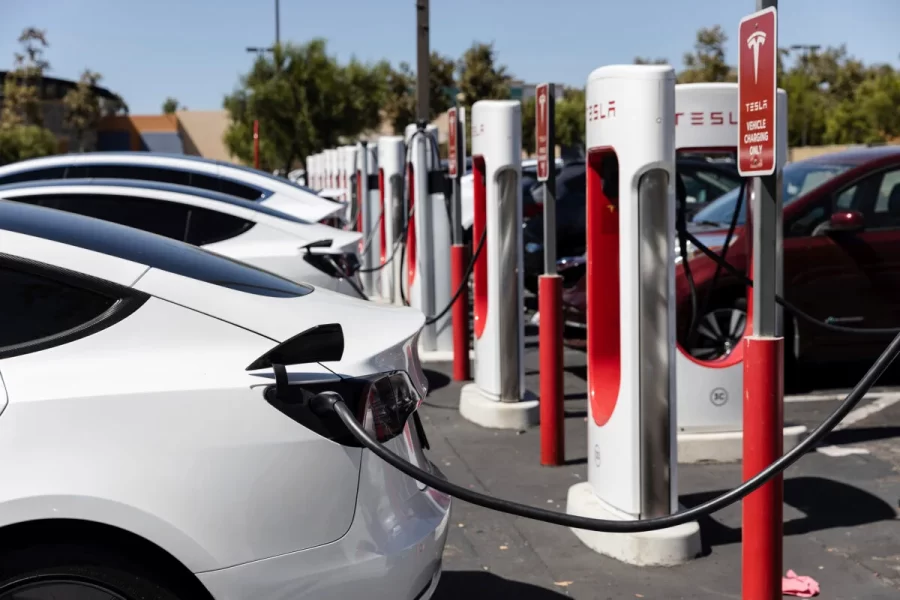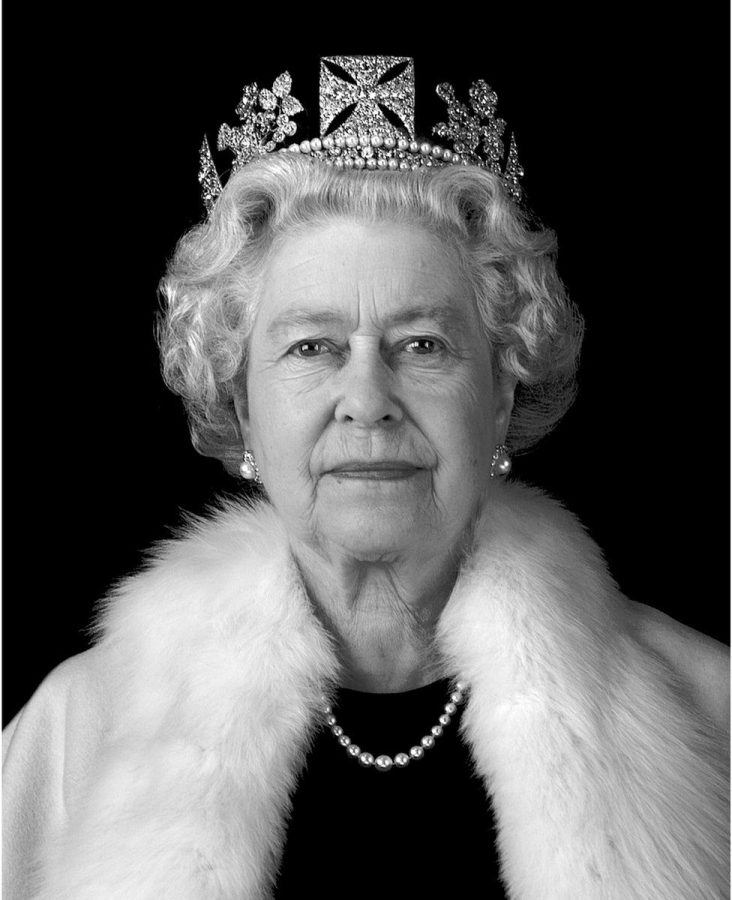After border patrol agents used tear gas on migrant caravans along the border between Tijuana and San Diego on Sunday, November 25, many human rights experts have questioned the morality and justification of these actions.
American border protection agents fired tear gas on individuals who were attempting to cross from Mexico into San Diego at the San Ysidro crossing. Many see the use of tear gas as a blatant sign of aggression from the United States and question the legality of these actions, pointing out that canisters of tear gas were visible on the Mexican side of the border, a fact that indicates the gas was used against people not in the United States (New York Times).
The Foreign Ministry of Mexico has requested a full investigation into what has been labeled as “the firing of non-lethal weapons into Mexican territory” (Reuters). Furthermore, rights activists confirm that the use of chemicals on migrants might even be an overreaction, even if it was used completely inside American territory. Tear gas has the ability to cause extreme harm, injury, panic, and even death. According to the Organization for the Prohibition of Chemical Weapons, the use of tear gas is banned as a weapon of war, but can be used by federal authorities as a means of riot control.
President Trump, along with Kevin McAleenan, the commissioner of U.S. Customs and Border Patrol, has defended the use of chemicals on the border. Though many strongly oppose these actions due to the presence of children, McAleenan asserts that children were not targeted. Instead, the Trump administration defends this aggression by stating that the migrants were “aggressive” and “assaultive in their behavior.” Nevertheless, a complete investigation will be conducted.








